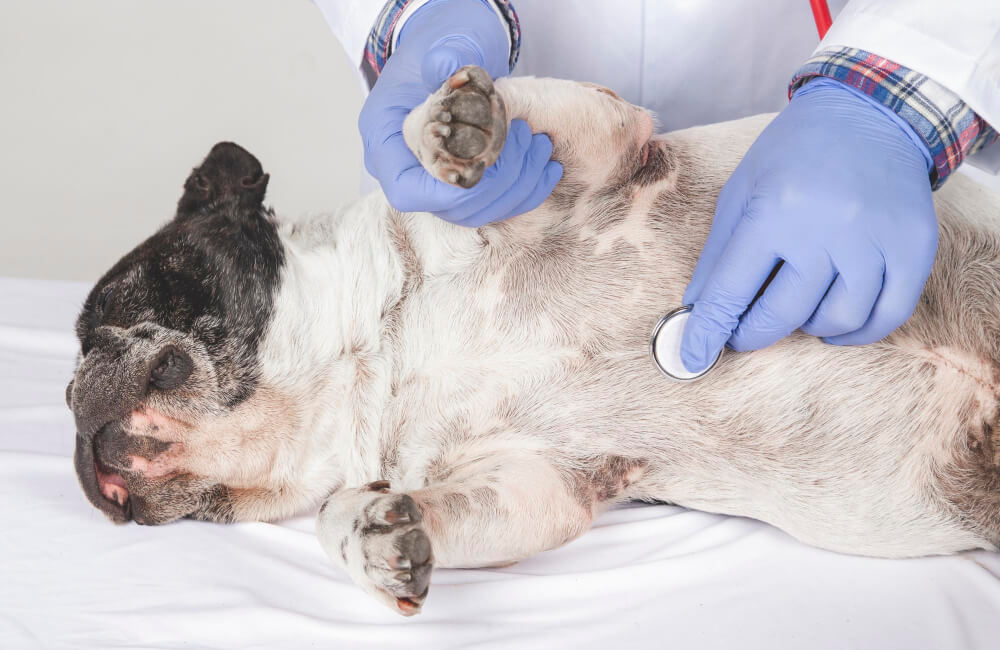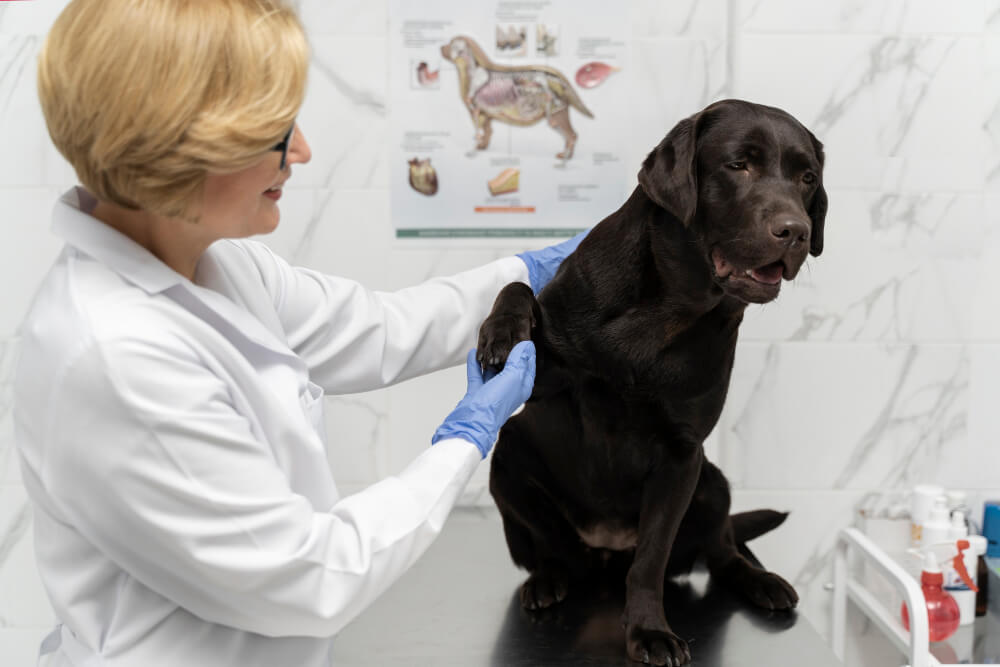Canine kidney disease is a common health issue that affects dogs of all breeds and ages. This condition can be challenging for both pets and their owners, but with proper understanding and care, you can help your furry friend lead a comfortable and happy life.
In this article, we’ll explore the causes, symptoms, and treatments of kidney disease in dogs, as well as practical tips for managing the condition. Let’s dive in with a friendly and approachable tone to help you feel confident in caring for your pup!

What Is Canine Kidney Disease?
Kidney disease in dogs refers to the impaired function of the kidneys, which play a vital role in filtering toxins from the blood, balancing electrolytes, and maintaining hydration. When the kidneys are damaged or fail to function properly, it can affect your dog’s overall health.
Acute Kidney Disease vs. Chronic Kidney Disease
- Acute Kidney Disease (AKD): Sudden onset caused by toxins, infections, or dehydration. It may be reversible with prompt treatment.
- Chronic Kidney Disease (CKD): Gradual decline in kidney function over time, often due to aging or underlying conditions. This is more common in senior dogs and typically requires long-term management.
What Causes Kidney Disease in Dogs?
Several factors can contribute to kidney disease in dogs, including:
Age-Related Wear and Tear
As dogs age, their kidneys naturally lose efficiency. Senior dogs are more prone to chronic kidney disease.
Infections and Toxins
- Bacterial Infections: Such as leptospirosis, which can damage kidney tissues.
- Toxins: Ingesting harmful substances like antifreeze, certain medications, or plants (e.g., lilies) can lead to acute kidney failure.
Underlying Health Conditions
- High Blood Pressure: Can strain the kidneys over time.
- Genetic Disorders: Some breeds are predisposed to kidney issues, such as Cavalier King Charles Spaniels and Bull Terriers.
H3: Poor Diet and Dehydration
A diet high in protein or poor water intake can overwork the kidneys and contribute to kidney strain.
Symptoms of Canine Kidney Disease
The symptoms of kidney disease can be subtle at first, making it crucial for pet owners to stay vigilant.
Early Signs to Watch For
- Increased thirst and urination
- Lethargy or lack of energy
- Loss of appetite
- Bad breath (often with a “chemical” smell)
Advanced Symptoms
- Vomiting and diarrhea
- Weight loss
- Pale gums (a sign of anemia)
- Ulcers in the mouth
- Seizures or disorientation (in severe cases)
If you notice any of these symptoms, contact your veterinarian immediately. Early diagnosis is key to managing the condition effectively.
Diagnosing Kidney Disease in Dogs
Veterinarians use a combination of tests to diagnose kidney disease and determine its severity:
- Blood Tests: To check for elevated levels of creatinine and blood urea nitrogen (BUN), which indicate kidney dysfunction.
- Urinalysis: To assess urine concentration and detect protein or blood in the urine.
- Imaging: Ultrasound or X-rays may be used to examine the kidneys for abnormalities.
- Blood Pressure Monitoring: High blood pressure often accompanies kidney disease.
Treatment Options for Canine Kidney Disease
The treatment for kidney disease depends on its severity and underlying cause.
Acute Kidney Disease Treatments
- Fluid Therapy: IV fluids to rehydrate and flush toxins.
- Medications: To manage nausea, infections, or blood pressure.
- Dialysis: In severe cases, dialysis may be required to filter toxins.
Chronic Kidney Disease Treatments
- Dietary Changes: A low-protein, low-phosphorus diet can reduce the workload on the kidneys.
- Medications: To control symptoms like high blood pressure or anemia.
- Subcutaneous Fluids: Administered at home to maintain hydration.
- Supplements: Omega-3 fatty acids or phosphorus binders may be recommended.
Managing Kidney Disease at Home
Once your dog is diagnosed, home care becomes an essential part of managing their condition.
Provide a Kidney-Friendly Diet
Feed your dog a diet specifically formulated for kidney disease. These diets are lower in protein and phosphorus while still providing essential nutrients.
Encourage Hydration
Always keep fresh water available, and consider offering wet food to increase your dog’s fluid intake.
Monitor Symptoms
Track your dog’s behavior, appetite, and water intake. Any changes should be reported to your veterinarian promptly.
Stay on Top of Vet Appointments
Regular check-ups and blood work are essential to monitor your dog’s kidney function and adjust their treatment plan as needed.

Preventing Canine Kidney Disease
While not all cases of kidney disease are preventable, there are steps you can take to reduce the risk:
- Provide Fresh Water: Ensure your dog has constant access to clean, fresh water.
- Feed a Balanced Diet: Avoid diets high in protein unless recommended by your vet.
- Avoid Toxins: Keep harmful substances like antifreeze, medications, and toxic plants out of reach.
- Routine Vet Visits: Regular check-ups can catch early signs of kidney problems.
- Vaccinate for Leptospirosis: Protect your dog from bacterial infections that can harm the kidneys.
Supporting Your Dog Emotionally
Dogs with kidney disease may feel unwell or less energetic, which can impact their mood. Be patient and attentive, offering comfort and extra love during this time. Small changes, like softer bedding or gentle walks, can make a big difference in their quality of life.
Final Thoughts: Helping Your Dog Thrive with Kidney Disease
While canine kidney disease is a serious condition, it doesn’t mean the end of a happy life for your dog. With proper care, timely treatment, and a supportive environment, many dogs with kidney disease can continue to enjoy their days with wagging tails and bright eyes.
If you suspect kidney issues in your dog, don’t hesitate to consult your veterinarian. Early intervention is the best way to manage the condition and give your furry companion the care they deserve.







